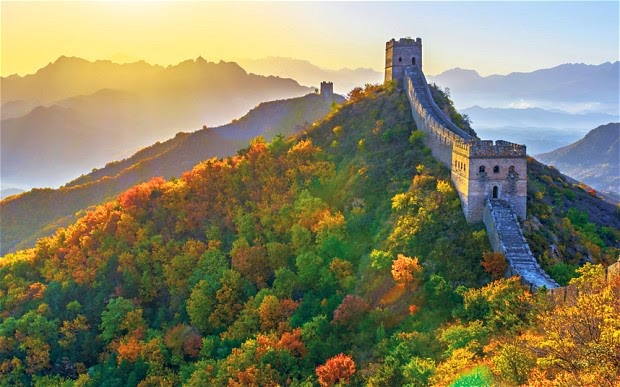It is probably one of the biggest archaic structures nobody knows about: The Southern Great Wall.
“Southern?”
The Great Wall of China we see today latest incarnation of the fortification, built by the Ming Empire back in the 1400s. The wall was one part fortification against nomadic raiders coming in from Mongolia and Siberia and one part delineation of acknowledged “this is mine, that is yours” territory. It was considered such a good idea that Chinese built another one from scratch along its southern border with lands controlled by the Miao people, who were as testy about Chinese encroachment as the Mongols.
Though not as tall as the canonical Great Wall, the Southern Wall, also called the Miaojiang Great Wall, was clearly a hotbed of action: 118 miles long, consisting of over 1,300 blockhouses, watchtowers, sentry posts, emplacements and gates for stationing troops and defenses — this was clearly not a Ming vanity project. At the height of hostilities between the Ming and Miao, 4,000 – 7,000 soldiers were stationed along the span. The Miao proved to be resilient foes; when the Ming fell, the ascendant Qing Dynasty had to man the wall just as their predecessor did.
Today, wars are long over and the wall runs through the provinces of Hunan and Guizhou, now deep inside Chinese territory. But even as China cashes in mightily on its heritage, the Southern Wall has managed to fly under the radar when it comes to the tourist must-dos. The upside of this is that the Southern Wall retains a lot of its original character, not that cynical hyper-commercialization you find at its northern counterpart (however grand it may be). You also get to miss the hoards upon hoards of tourists.
Curiously, the wall is also more “ornate” than its northern twin, with guardhouses that look more like temples in miniature. The landscape is also far more dramatic; the whole region is in the foothills of the Tibetan Plateau, and the wall troops up mountainside and nearly drops off cliffs. As militaristic as the wall is, it was also the site of a booming trade between the Ming and Qing and Southeast Asia, and several of the towns on both sides have the temples and palaces from the glory days
And speaking of towns, I recommend Huangsiqiao, the barracks that manned much of the wall. In modern times, Huangsiqiao is known more for its Venice-like canals, but in its day, the city was the military nexus for much of the southern Ming territories. As the threat of the Miao faded, the barracks began a legitimate town, but the old defenses including the city wall and citadel, remain to this day.
SteeleLuxury Travel can assist you with a complete luxury vacation to China! Contact us at 646-688-2274 to plan your travel experience!

